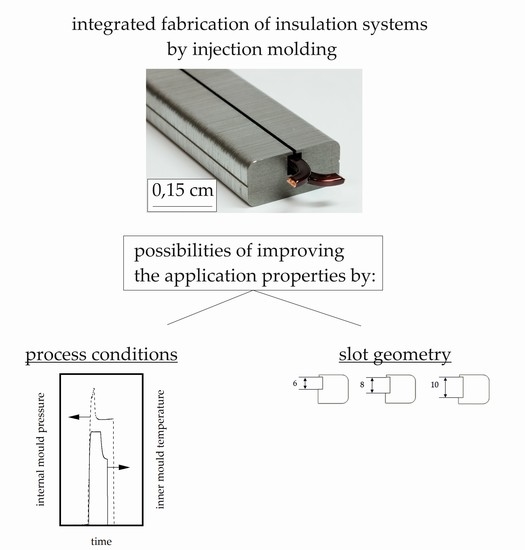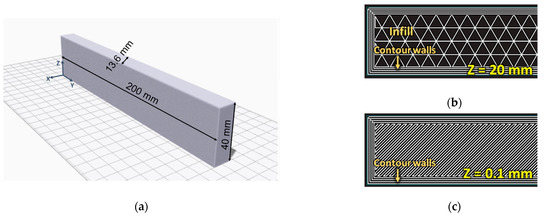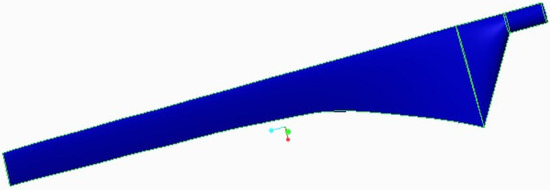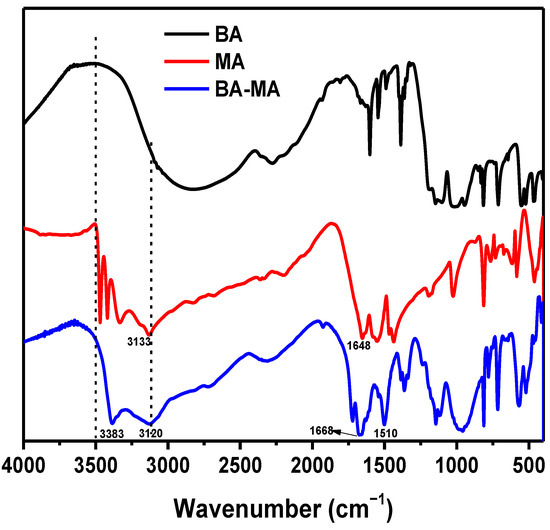Plastics Technology and Engineering (Closed)
A topical collection in Polymers (ISSN 2073-4360). This collection belongs to the section "Polymer Processing and Engineering".
Viewed by 13133Editor
Interests: process–properties relashionships; morphology and properties of polymeric materials; polymer processing; injection and compression moulding; nanofunctionalized polymer materials for barrier and electrical applications; polymer (bio/photo)-degradation; bionanocomposites materials; thermomechanical properties; biodegradable materials; high performances composite materials; materials for sensing; materials for drug delivery; self-healing materials
Special Issues, Collections and Topics in MDPI journals
Topical Collection Information
Dear Colleagues,
This Topic Collection will cover the fundamentals, manufacturing methods, properties, and applications of polymer-based materials. Polymeric materials and related composites are treated from many different points of view.
From the synthesis of these materials to the different end-of-life options that can be applied, polymer-based materials will be analyzed and discussed in this Special Issue. Every type of experimental characterization as well as every possible treatment will be examined. The most unusual aspects, as well as the most important applications, will be analyzed. All aspects concerning traditional manufacturing processes will be presented. The most recent developments of the various processing technologies will also be reported. Every possible category, from thermoplastics to thermosets, from composites to blends, from foams to gels and soft materials, from fibers to coatings, will be studied in every aspect. An updated overview of the most recent developments will be provided, with particular attention to engineering aspects and applicative implications.
This Special Issue aims to be an interdisciplinary platform that covers all aspects related to Plastics Technology and Engineering. I hope it will serve as reference point for advancements and the fundamental investigation of process–properties relationships regarding polymeric materials.
Dr. Andrea Sorrentino
Collection Editor
Manuscript Submission Information
Manuscripts should be submitted online at www.mdpi.com by registering and logging in to this website. Once you are registered, click here to go to the submission form. Manuscripts can be submitted until the deadline. All submissions that pass pre-check are peer-reviewed. Accepted papers will be published continuously in the journal (as soon as accepted) and will be listed together on the collection website. Research articles, review articles as well as short communications are invited. For planned papers, a title and short abstract (about 100 words) can be sent to the Editorial Office for announcement on this website.
Submitted manuscripts should not have been published previously, nor be under consideration for publication elsewhere (except conference proceedings papers). All manuscripts are thoroughly refereed through a single-blind peer-review process. A guide for authors and other relevant information for submission of manuscripts is available on the Instructions for Authors page. Polymers is an international peer-reviewed open access semimonthly journal published by MDPI.
Please visit the Instructions for Authors page before submitting a manuscript. The Article Processing Charge (APC) for publication in this open access journal is 2700 CHF (Swiss Francs). Submitted papers should be well formatted and use good English. Authors may use MDPI's English editing service prior to publication or during author revisions.













